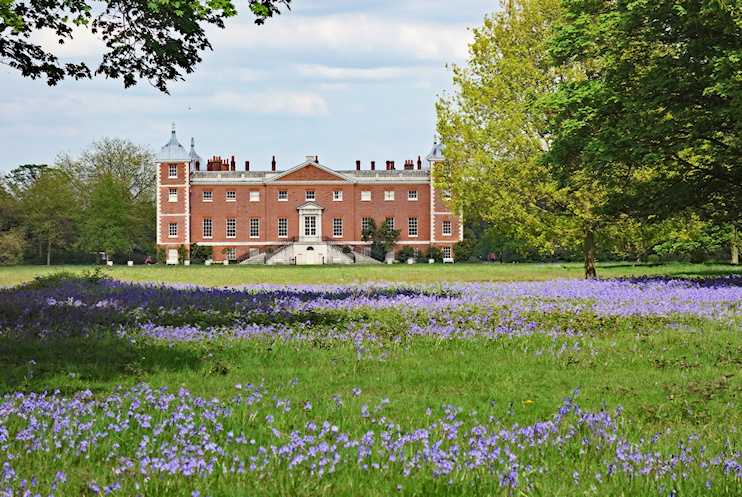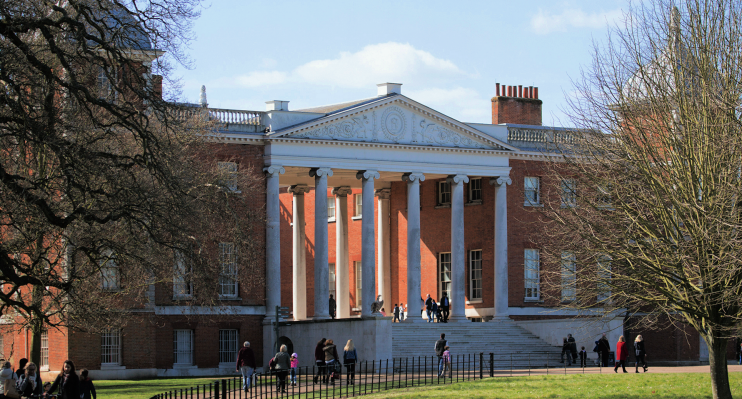Osterley
Osterley, Hounslow/Ealing
The location of one of London’s most magnificent stately homes, one-and-a-half miles west of Brentford

Osterley’s existence was first noted in 1274 and the name derives from Old English words meaning ‘sheepfold clearing’. Sir Thomas Gresham, commercial agent and financial adviser to Elizabeth I, bought the manor of Osterley in 1562 and replaced the existing farmhouse with “a faire and stateley brick house.”
The banker Sir Francis Child acquired the house in 1713 and around 1760 his grandson commissioned Robert Adam (and probably others) to remodel the exterior and create lavishly furnished and decorated new rooms inside, while the grounds were landscaped and endowed with a chain of lakes. By the beginning of the 19th century Osterley Park House had ceased to be the Child family’s main place of residence.
The neighbouring localities, formerly known as Thornbury Common and Scrattage, were occupied by farms, cottages and brickyards when Osterley and Spring Grove station opened on Thornbury Road in 1883. The common lay between Osterley Park and Spring Grove, while Scrattage was to its west.
Little change took place until the construction of the Great West Road, when suburban development began with luxury semi-detached houses on Wood Lane. Each had its own quarter-acre plot and was priced at a steep £2,500. The present Osterley station – a classic Charles Holden design – opened in 1934. The old station building is now a bookshop.
In 1939 George Child Villiers, 9th Earl of Jersey, opened Osterley Park House to the public and ten years later he gave it to the National Trust. Today the house is presented as it would have looked in the 1780s and is open to the public from Wednesday to Sunday in spring, summer and autumn and on most weekends in winter. Rooms can be hired for wedding and civil partnership ceremonies and receptions.

Osterley Park – now split in two by the M4 motorway – has woods, farms and sporting facilities. A six-year National Trust project has recently restored the house’s pleasure grounds to their 18th century grandeur, with herbaceous borders, roses and ornamental vegetables beds – and the original Robert Adam summer house is full of lemon trees and highly scented shrubs.
Osterley Park has been a popular location for filming country house dramas, including the 1999 version of Mansfield Park.
